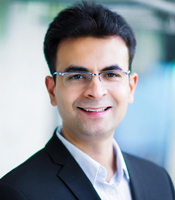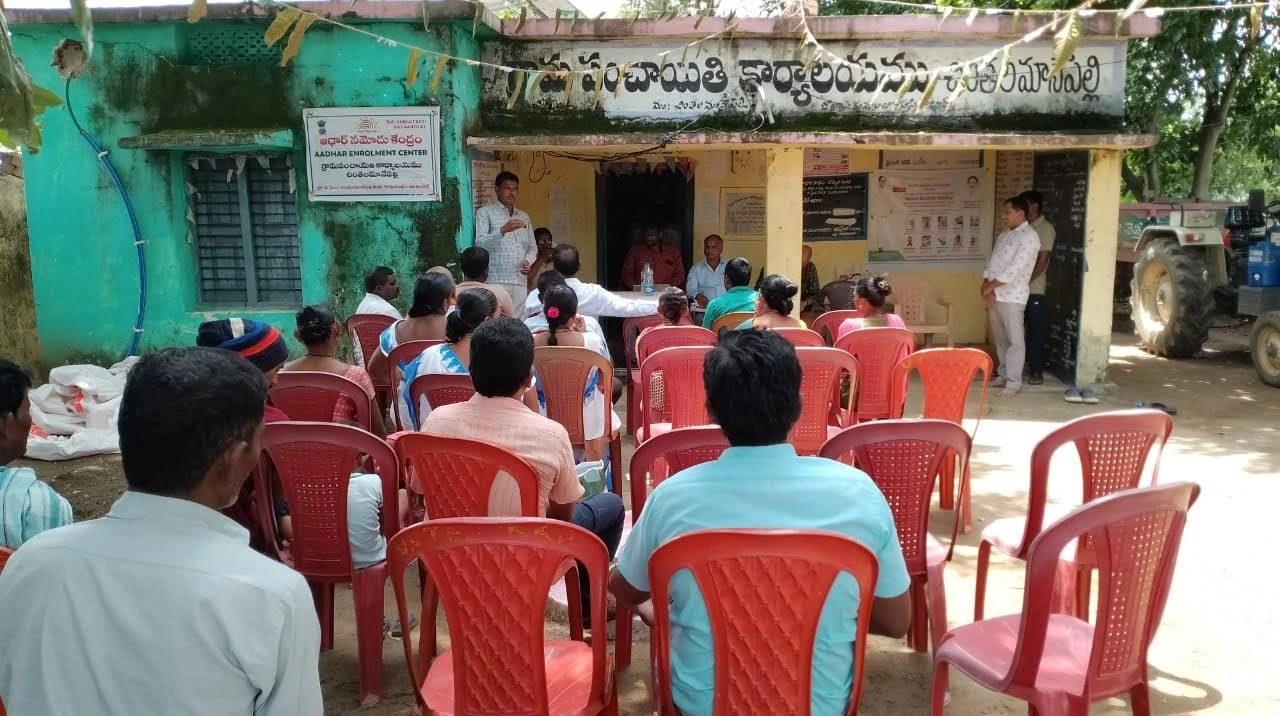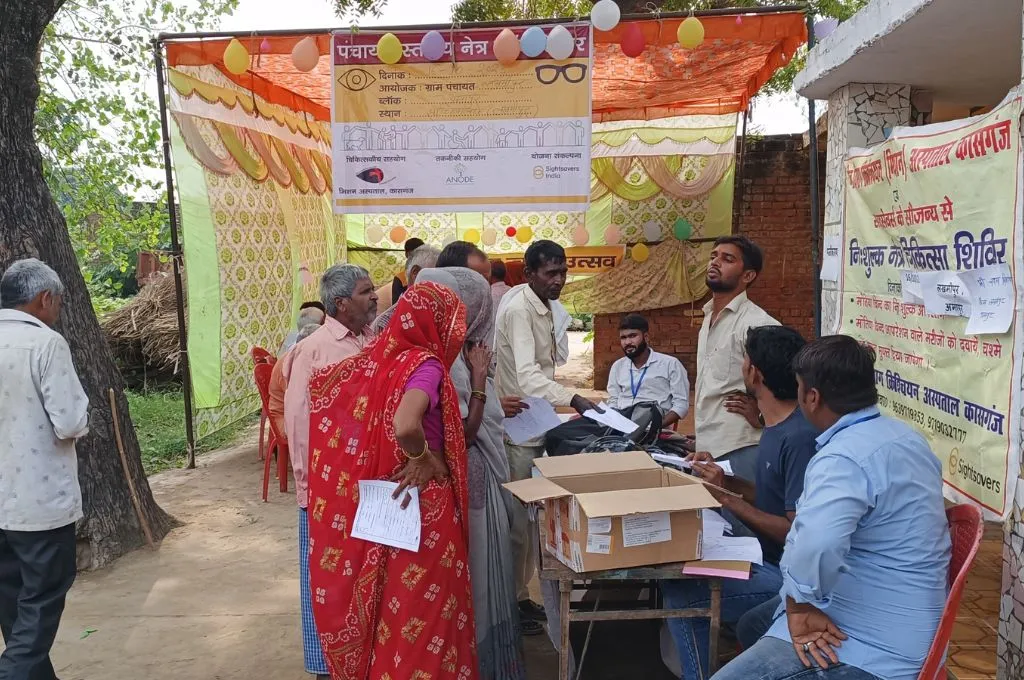Most social sector practitioners and experts would agree that one needs to work with government to achieve human development outcomes. The reasons for working with the government could be diverse, and the degree of engagement required may vary from one sector to another.
The social sector often takes a binary view when working with the government. We either hold the government accountable, or we focus our efforts on strengthening or reforming the government.
The former—working on government accountability—may include the use of tools such as the citizen report card or social audits. The latter—working ‘with’ the government—might involve for instance, setting up Technical Support Units at the state and national level within ministries, or building the capacity of government appointed staff like teachers and health workers.
Both approaches have their upsides and downsides. Both are successful in achieving their intended outcomes, depending on numerous factors—pace of reforms, political will, leadership commitment, availability of technical expertise, and community support.
The social sector often takes a binary view when working with the government.
On a few occasions, both approaches are used simultaneously. But it can be difficult to strike the right balance. While organisations may use different terms and vocabulary to describe how they work with the government, most approaches comprise some version of the two mentioned above.
Related article: The 3 P’s of working with the government
Government as a public good
There is however another way of working with the government. It is based on the premise of realism and tries to leverage what is available in its current form rather than trying to change or address the shortcomings. It views the government as a resource; a public good.
We have seen examples of this in the areas of infrastructure, data usage, information dissemination, and testing innovations. The private sector has been at the forefront of using this approach to advance its objectives, the most recent example being many telecom, fintech, and mobile wallet companies switching from their traditional model of KYC to Aadhaar based e-kyc1. This switch enabled faster customer acquisition, access to new markets, and cost efficiency.
There are however very few examples of this approach being successfully used by the social sector.
While the private sector approaches the government thinking, ‘what can I leverage?,’ the social sector asks, ‘what is not working?’ Rarely do we consider all the limitations of the government, take them as they are, and design for and around those limitations.
Just as we might use a community park—provided by the government—as a public resource, so should we view other government provisions as we develop interventions.
Rarely do we consider all the limitations of the government, take them as they are, and design for and around those limitations.
Karuna Trust is an example of an organisation that does this well. It has pioneered a successful model that leverages the government’s significant investment in public healthcare infrastructure by complementing it with a socially committed, nonprofit but professionally competent management team.
The trust today manages 65+ primary health care Centers (PHCs) in six states—Karnataka, Andhra Pradesh, Orissa, Arunachal Pradesh, Manipur, Maharashtra, Meghalaya and Rajasthan. Across the trust’s PHCs, more than 1,000 healthcare professionals—doctors, nurses and staff—are reaching more than one million people2.

Leverage what is available in its current form rather than trying to change or address the shortcomings | Picture courtesy: Anand Sinha
Related article: The government as a partner: Making it work
Why don’t we do this already?
While this is a subject yet to be studied in detail, there could be a few reasons why our sector’s focus thus far has been largely on system reform and system strengthening. First, the two approaches are complementary. You keep running pilots and strengthening the system (approach one), and over time you anticipate reform (approach two) happening.
Second, as a sector we already face a lot of constraints, from financial to human resources to regulatory. Working with the government as a public resource often means more constraints. Thus, it is no surprise that organisations want to minimise their constraints.
As a sector we already face a lot of constraints, and working with the government as a public resource often means more constraints. Thus, it is no surprise that organisations want to minimise their constraints.
Third, there are many risks to working with government as a resource. In many cases, this approach might be unsuitable; but more importantly it is also susceptible to the unpredictability of government decision-making. If the government suddenly decided they wanted to retain a number of PHCs that Karuna Trust was running for a new initiative, the trust would have to discontinue its work in those areas.
However, in our experience at Dr Reddys Foundation, we have seen that it is possible, and rewarding, to design for constraints, as they are. We have initiated a health skilling programme with the aim of addressing the huge shortfall (6.5 million) between demand and supply of allied health professionals3 in the country.
Before approaching the government, we decided to focus on what we knew they did well. First, the government is adept at getting the message out to communities through it vast service delivery network. Second, it has infrastructure which is not generally available in private sector or has very high user charges; for example, we wanted to train people to become Emergency Medical Technicians, and the government had a fleet of ambulances. Third, they have good training facilities that are under-utilised.
We asked for help in these three areas only, and handled other aspects of the programme where we knew the government had limited capacities. This allowed us to plan our programme more realistically, keeping in mind certain inefficiencies and constraints.
We need to keep imagining and experimenting with various ways of working with the government and not get tied down to a couple of approaches no matter how central it may seem in the present context.
The following actions may help to take this forward:
- Breaking the popular binary view of working with government either at policy level or implementation level
- Include it as part of the program design process, partnership strategy and scale up plans
- Map potential use cases within existing programs and explore opportunities for trying it out
When working with something as complex as government there is nothing as having too many options to choose from. Moreover, there is no reason why we must follow a single approach. Depending on the context, we could have an advocacy agenda, a system reform agenda, and also employ the tactic of using the government as a public resource.
- However, with recent Supreme Court ruling on Aadhaar, private companies can no longer use Aadhaar for e-kyc.
- https://www.echoindia.in/partner/karuna-trust/
- According to the World Health Organization (WHO), “Allied health personnel are personnel who have specific connections with the art and science of health care and are recognised as members of health team in the national health system. They are educated, with different levels of professional qualifications, in a recognised or accredited health or health-related academic institution.”





